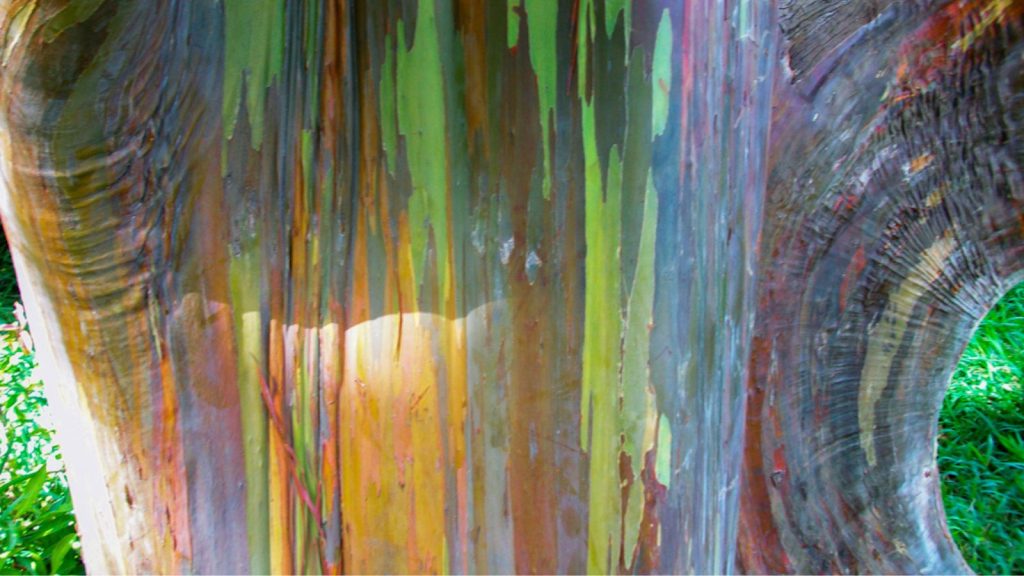Trees are amazing. We often take them for granted or overlook them in favor of animals. When you’re walking the dog in the woods, for example, you pay attention to the deer, the squirrels, maybe the insects, but do you ever really give a second glance to the trees whose leafy canopy you’re walking beneath?
Trees are awesome. They’re the lungs of our planet. They come in all shapes and sizes, and some are truly strange. Our planet is home to some incredibly unique trees that seem to defy belief. From trees that bleed to trees that walk, nature never ceases to amaze me.
Dragon Blood Tree
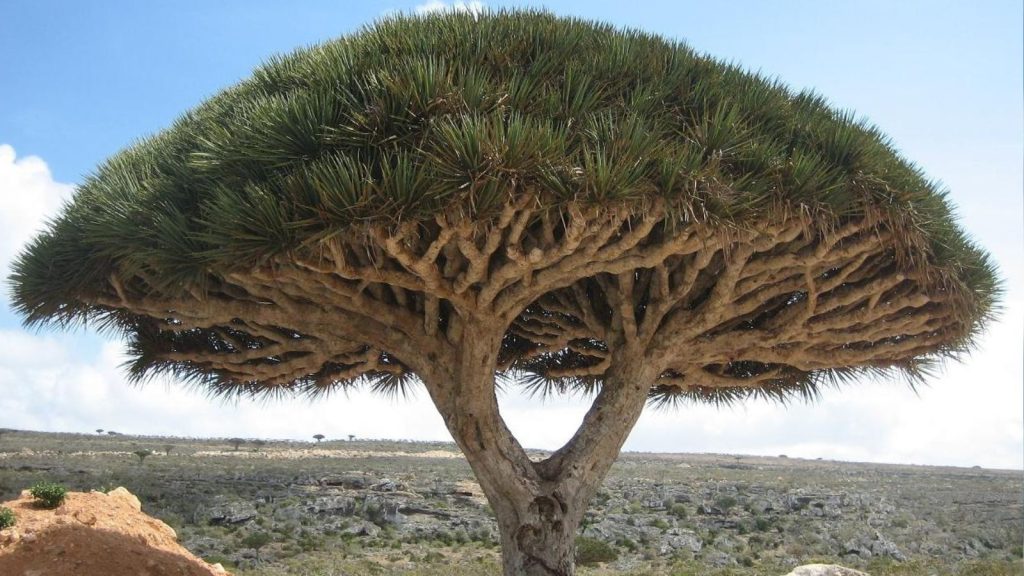
The Dragon Blood Tree looks like something from another planet. It grows on the island of Socotra, off the coast of Yemen. This tree has a thick trunk that splits into many branches, forming a shape like an upside-down umbrella. When you cut the bark, it oozes a dark red sap that looks like blood.
Bottle Tree
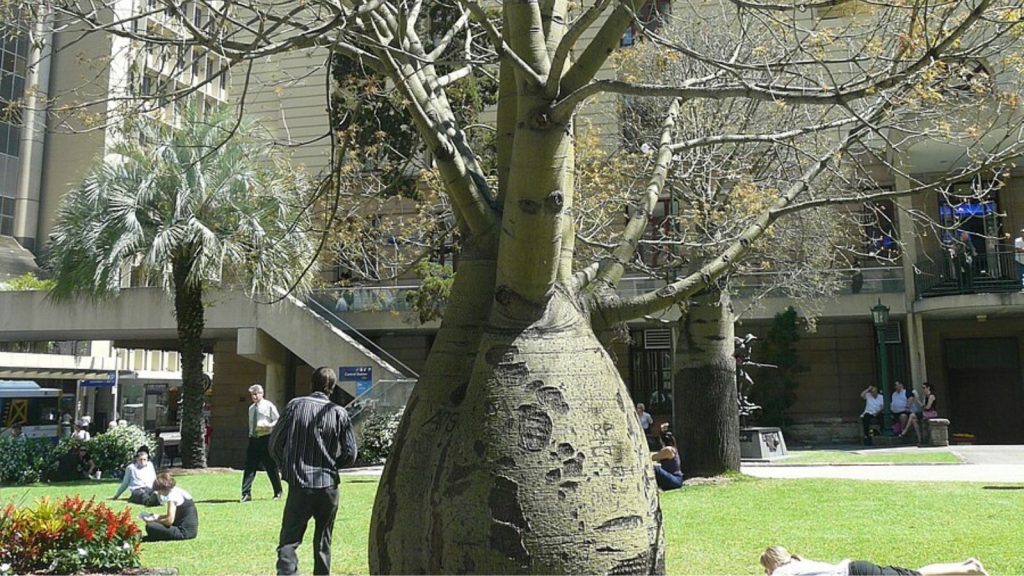
The Bottle Tree, found in Australia, has a trunk that bulges out like a bottle. This weird shape helps the tree store water during dry times. Some bottle trees can store up to 26,000 gallons of water! These trees can live for hundreds of years and are important to Aboriginal culture.
Baobab Tree
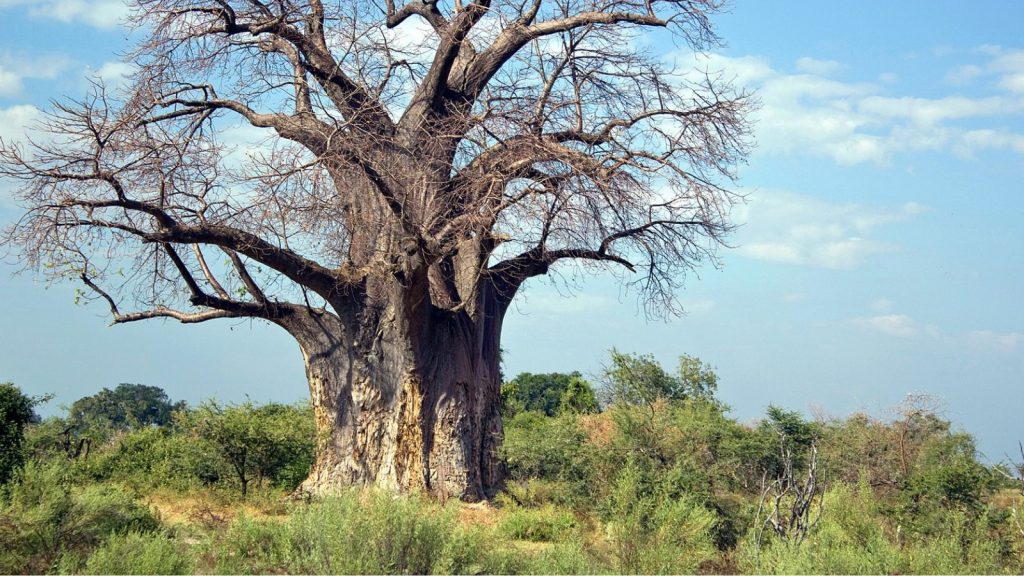
Baobab trees are some of the strangest-looking trees in the world. They grow in Africa and have massive trunks that can be up to 36 feet wide. These trees can live for thousands of years and are sometimes called “upside-down trees” because their branches look like roots sticking up in the air.
Rainbow Eucalyptus
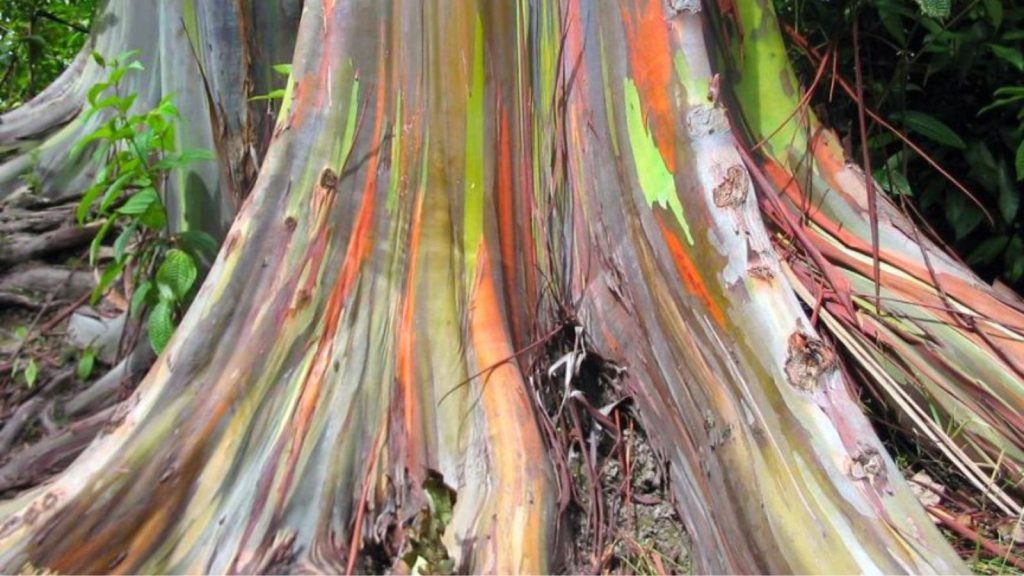
The Rainbow Eucalyptus is a colorful wonder of nature. As its bark peels off, it reveals bright green inner bark. This bark then changes color over time, creating stripes of blue, purple, orange, and maroon. These trees are native to the Philippines but are now grown in many tropical areas.
Octopus Tree
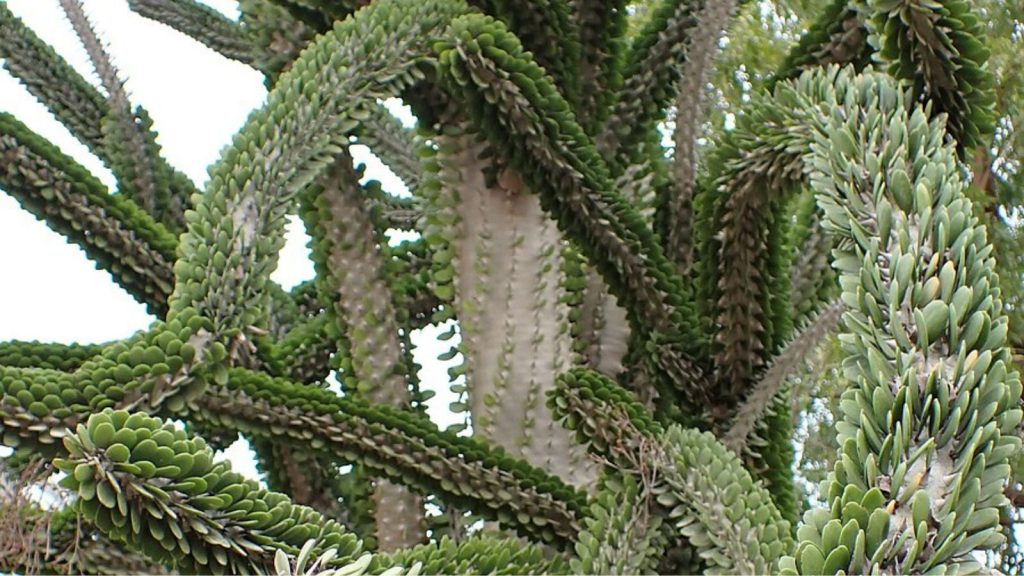
The Octopus Tree, found in New Zealand, has a trunk that splits into many thick branches near the ground. These branches twist and turn, reaching out in all directions like octopus tentacles. The Maori people of New Zealand consider this tree sacred and use its wood for carving.
Walking Tree
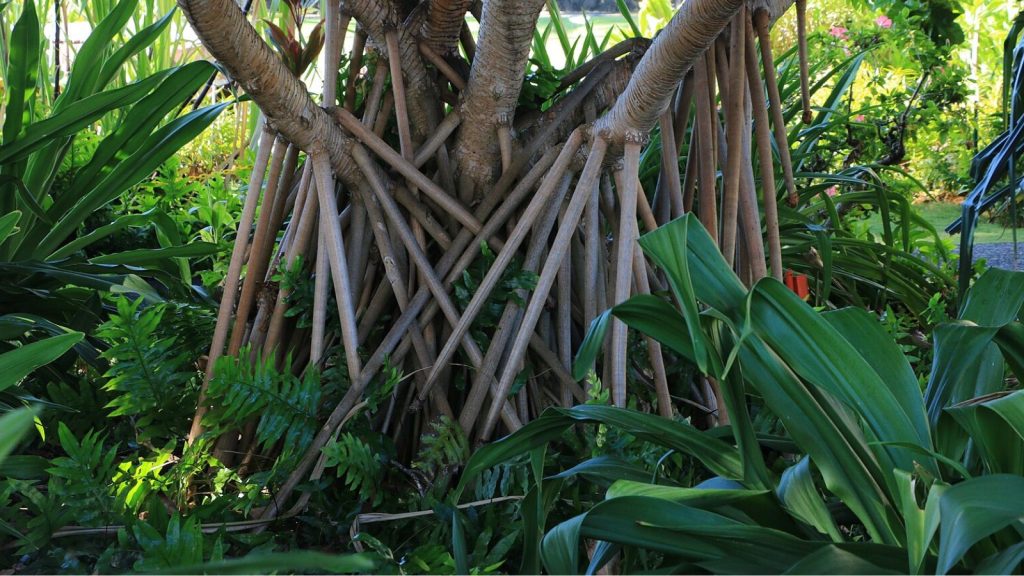
The Walking Tree, or Socratea exorrhiza, is said to be able to “walk” up to 20 meters per year. It does this by growing new roots in the direction of better sunlight while its old roots die. While scientists debate whether it really “walks,” this tree’s ability to adapt to changing light conditions is amazing.
Chandelier Tree
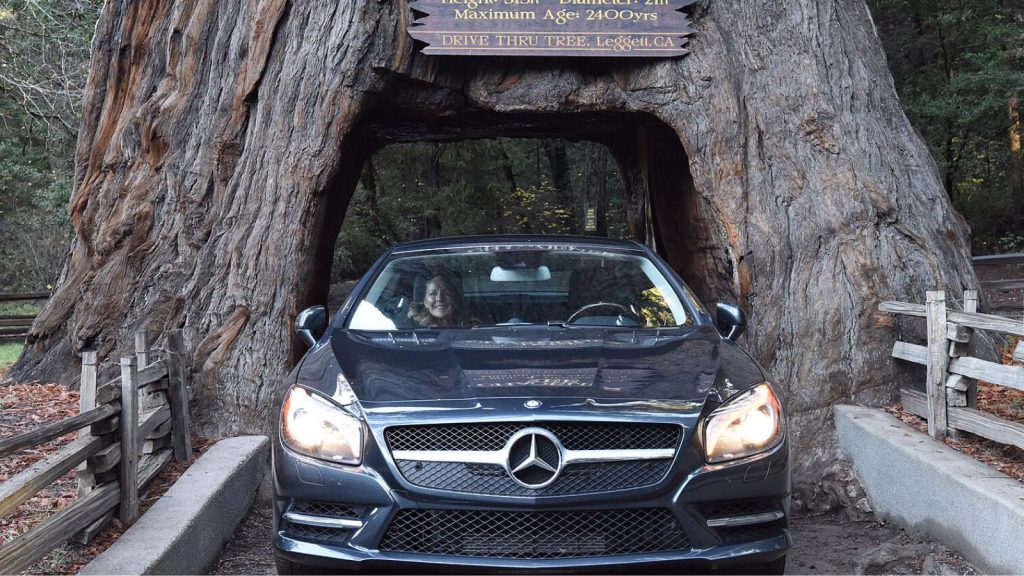
The Chandelier Tree in California is famous for the car-sized tunnel carved through its trunk. This massive redwood is over 300 feet tall and 2,400 years old. Despite having a huge hole in its trunk, the tree is still alive and healthy, showing the incredible resilience of nature.
Banyan Tree
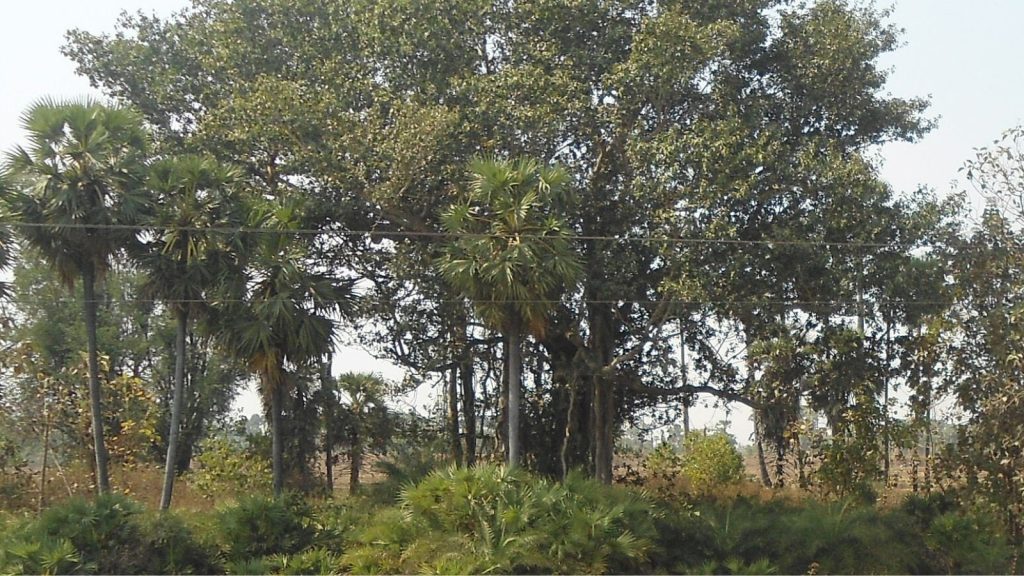
Banyan trees are some of the largest trees in the world by canopy coverage. They start life as a fig tree growing on another tree. As they grow, they send down aerial roots that become new trunks. A single banyan tree can look like a small forest!
Sandbox Tree
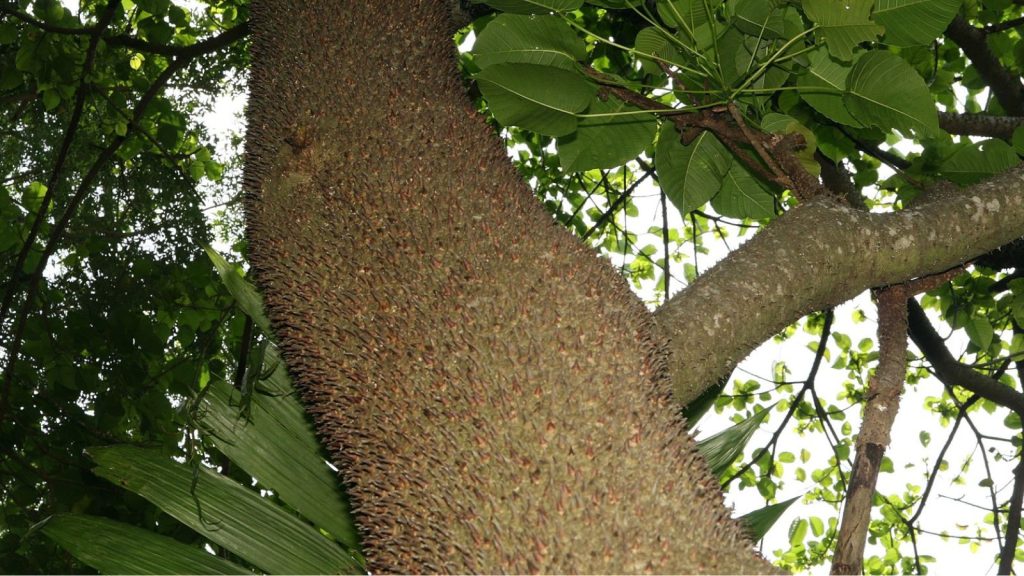
The Sandbox Tree is one of the most dangerous trees in the world. Its trunk is covered in sharp spines, and its fruit explodes when ripe, shooting seeds at speeds up to 150 miles per hour. The sap and bark of this tree are also poisonous.
Wollemi Pine
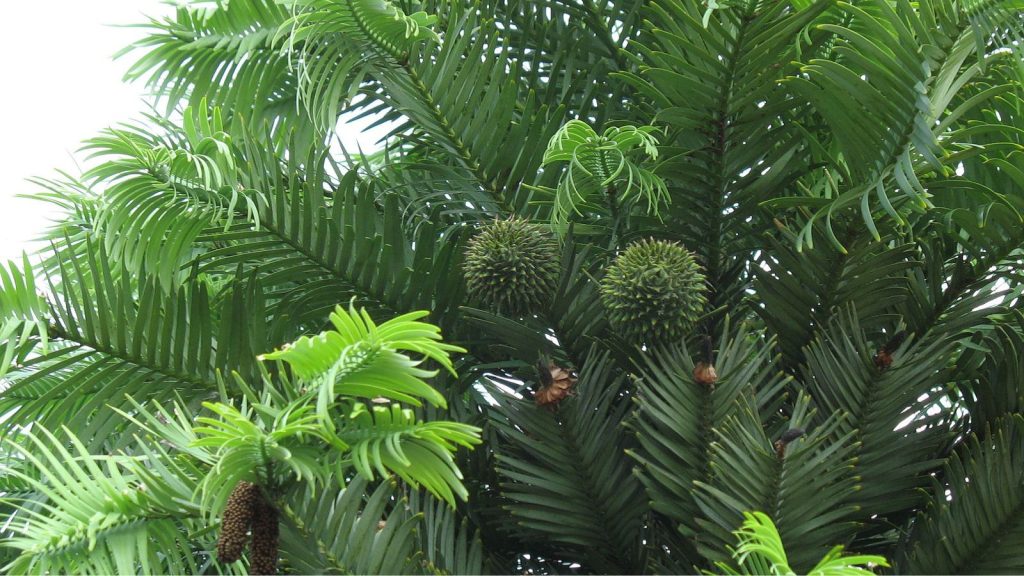
The Wollemi Pine was thought to be extinct until it was discovered in Australia in 1994. This “living fossil” dates back to the time of the dinosaurs. There are fewer than 100 adult trees left in the wild, making it one of the rarest trees in the world.
Bristlecone Pine
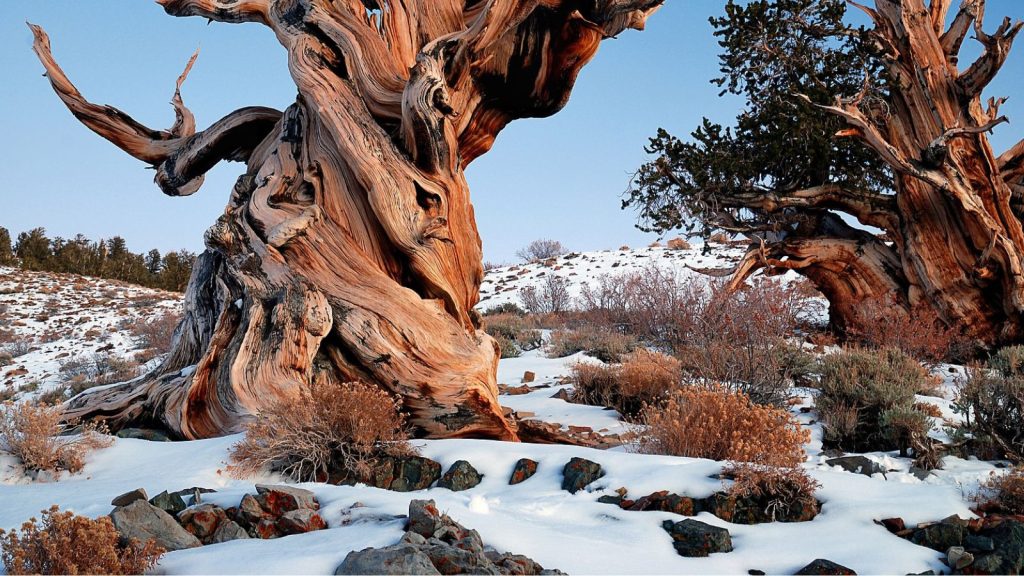
Bristlecone Pines are some of the oldest living things on Earth. Some of these trees in California are over 4,000 years old! They grow in harsh, high-altitude environments and have twisted, gnarly trunks that make them look ancient and wise.
Strangler Fig
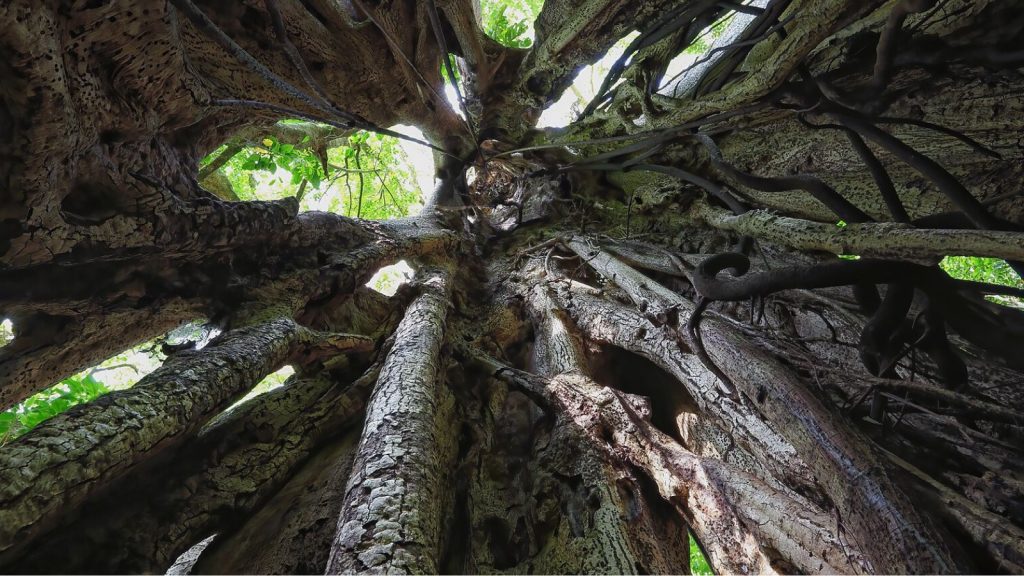
The Strangler Fig starts life as a seed dropped by a bird onto a host tree. It grows around the host tree, eventually killing it and leaving a hollow center. These trees can be found in tropical forests around the world and play an important role in forest ecosystems.
Quaking Aspen
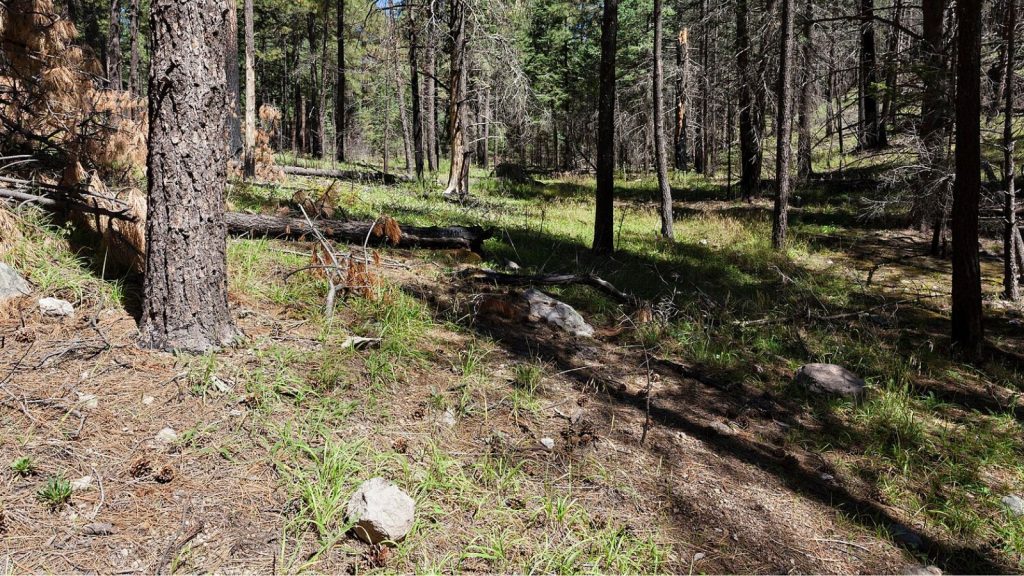
Quaking Aspens are unique because a whole forest of them can be a single organism. They grow by sending up new shoots from their roots, creating clones of the parent tree. The largest known Quaking Aspen clone covers 106 acres and is estimated to be over 80,000 years old!
Gympie Gympie Tree
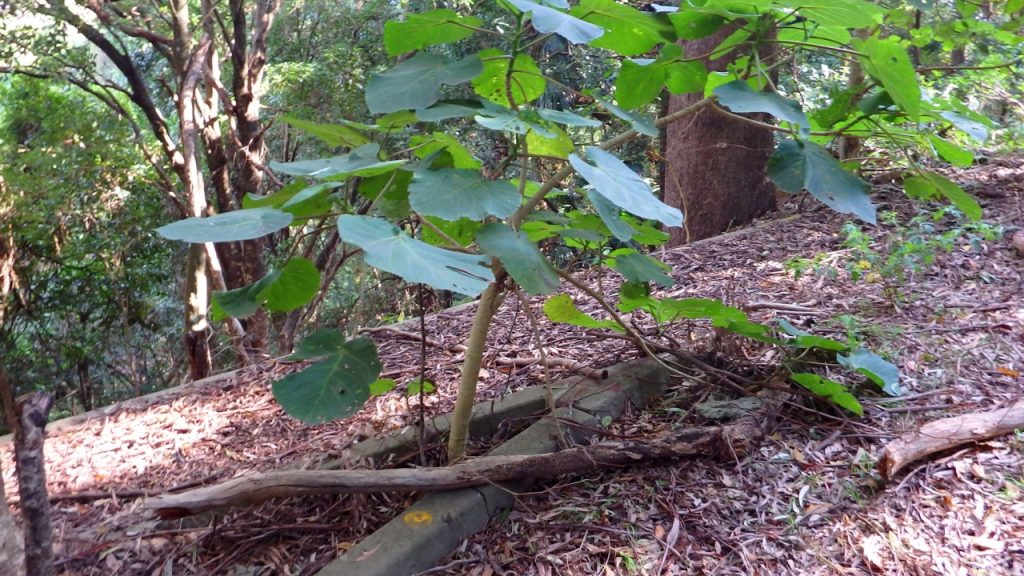
The Gympie Gympie tree, found in Australia, is known as the world’s most painful tree. Its leaves are covered in tiny stinging hairs that cause intense pain lasting for months. The pain is so bad that some animals have been known to jump off cliffs after being stung.
Ghost Tree
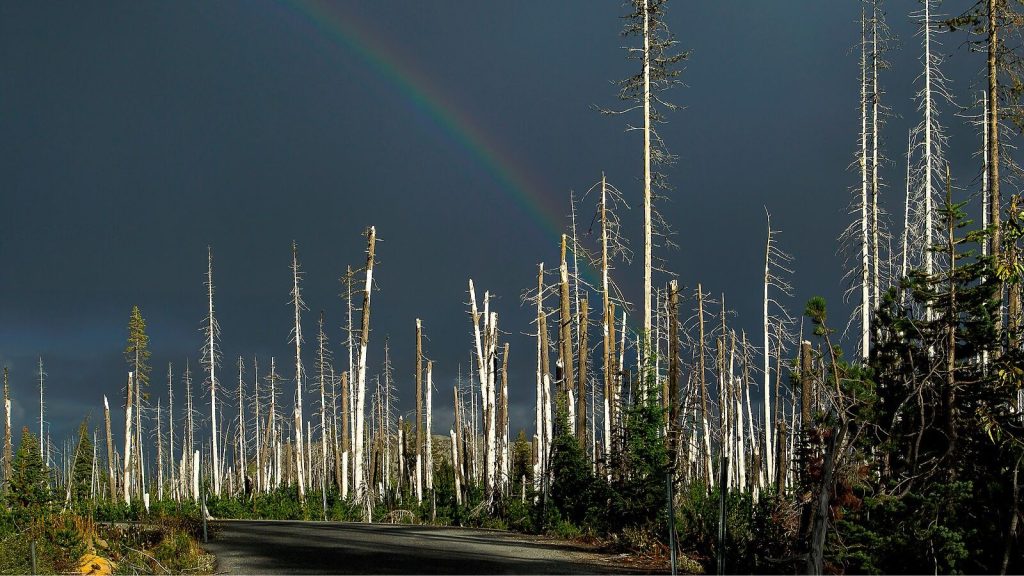
The Ghost Tree, or Didierea madagascariensis, is native to Madagascar. It looks like a bunch of white sticks poking out of the ground. These trees can grow up to 30 feet tall and are perfectly adapted to survive in hot, dry conditions.

